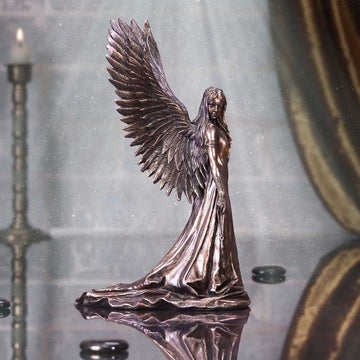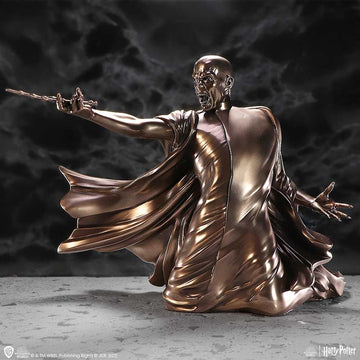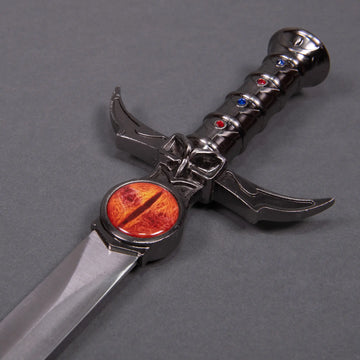Did you know that swords, once the symbol of power and honour in Japan, were banned by the government in the late 19th century? This wasn’t just a minor legal change; it was a seismic shift that transformed the nation’s social and political landscape! The prohibition of swords marked the end of the samurai era, dissolving a class that had dominated Japanese society for centuries. But why did Japan decide to ban these iconic weapons? Let’s delve into the fascinating reasons behind the sword ban, how it impacted the samurai class, and its enduring legacy in modern Japan!
The Historical Context: Japan in the 19th Century
The Tokugawa Shogunate and the Samurai Class
During the Tokugawa period (1603-1868), Japan was governed by the Tokugawa Shogunate, a military regime that maintained strict control over the country. The samurai were at the top of the social hierarchy, distinguished by their right to carry swords, known as katana. These weapons were more than just tools of war—they symbolised the samurai’s authority, honour, and martial skill. For over 250 years, this feudal system kept Japan relatively stable and isolated from the rest of the world.
The Meiji Restoration and Modernization Efforts
The stability of the Tokugawa Shogunate began to waver in the mid-19th century as internal pressures and external threats mounted. The arrival of Western powers demanding trade and diplomatic relations exposed Japan’s technological and military backwardness. In 1868, the Meiji Restoration marked the end of the Tokugawa Shogunate and the beginning of a new era. The Meiji government was determined to modernise Japan, both to strengthen the country and to prevent Western colonisation. This modernisation drive included the dismantling of the feudal class system, which meant that the samurai, with their swords and privileges, had to go.
Reasons Behind the Sword Ban
Abolishment of the Samurai Class
The Meiji government aimed to create a modern, centralised state, which meant the feudal class system had to be dismantled. The samurai, with their special status and privileges, were seen as an obstacle to this new vision. By banning swords, the government symbolically stripped the samurai of their power and status. It was a bold move that sent a clear message: Japan was moving forward, and there was no place for the old ways.
Promoting Law and Order
Another reason for the sword ban was public safety. After the fall of the Tokugawa Shogunate, many samurai found themselves without masters, becoming ronin or masterless samurai. This sudden shift led to a rise in social unrest and violence, as many ronin resorted to criminal activities to survive. By banning swords, the government aimed to reduce the potential for violence and consolidate military power under the new state-controlled army.
Encouraging National Unity
The Meiji government also wanted to promote national unity and eliminate the divisions between social classes. The sword ban was part of a broader effort to create a more egalitarian society. By prohibiting the carrying of swords, which had long been a symbol of samurai privilege, the government hoped to level the playing field and foster a sense of equality among all citizens.
The Sword Abolishment Edict: What It Entailed
The 1876 Sword Abolishment Edict (Haitōrei)
In 1876, the government issued the Haitōrei, or Sword Abolishment Edict, which officially prohibited the carrying of swords by the general public. The edict was a key step in the Meiji government’s efforts to modernise Japan and break down the old feudal structure. While the ban applied to most citizens, exceptions were made for military personnel, police officers, and individuals participating in certain traditional ceremonies.
Enforcement and Public Reaction
The enforcement of the Haitōrei was not without resistance. Many samurai saw the ban as an affront to their honour and status. Some even staged uprisings, such as the famous Satsuma Rebellion led by Saigō Takamori, a former samurai who opposed the Meiji government’s reforms. Despite these challenges, the government was determined to enforce the ban, and those caught violating the edict faced harsh penalties, including imprisonment.
Impact on the Samurai Class and Society
The End of the Samurai Era
The sword ban effectively marked the end of the samurai era. Once a privileged warrior class, the samurai were now ordinary citizens, often struggling to find their place in the new society. Many former samurai took up roles as bureaucrats, teachers, or police officers, but the transition was not easy. The loss of their social status, combined with economic hardships, created a sense of disillusionment and loss among many former samurai families.
Cultural and Artistic Impact
The decline of the samurai class also had a profound impact on Japanese culture. Traditional sword-making, an art form perfected over centuries, faced a severe decline as demand for swords dwindled. However, the nostalgia for the samurai era inspired a resurgence of interest in samurai culture and aesthetics. This was reflected in literature, theatre, and visual arts, where samurai were often portrayed in a romanticised light, symbolising a bygone era of honour and chivalry.
The Legacy of Sword Control Laws in Modern Japan
Modern Sword Laws and Regulations
While the days of samurai roaming the streets with swords are long gone, Japan still has strict laws regulating sword ownership. Under the Firearms and Swords Control Law, individuals who wish to own a sword must obtain a special license, and the sword must be registered with the government. Carrying a sword in public without a valid reason is strictly prohibited and can result in severe legal consequences.
Cultural Significance and Preservation
Despite these regulations, swords continue to hold cultural significance in Japan. They are preserved as valuable cultural artifacts, representing the nation’s heritage and craftsmanship. Traditional martial arts such as Kendo and Iaido keep the spirit of the samurai alive, teaching the use of the sword as a means of personal development and discipline. Swords are no longer instruments of war but are respected as symbols of cultural identity and historical legacy.
Samurai Nostalgia and the Revival of Sword Culture
The Samurai Image in Modern Media
The romanticised image of the samurai has remained a powerful symbol in Japanese and global pop culture. Films, anime, and books often depict the samurai as noble warriors embodying honour and courage. This image has kept the spirit of the samurai alive, even in a modern context where their way of life no longer exists. The resurgence of interest in traditional swordsmanship and craftsmanship reflects a longing for a time when these values were more tangible.
Sword Collecting and Museums
Sword collecting has become a popular hobby, both in Japan and internationally. Collectors seek out historical swords, appreciating them not only as weapons but as works of art. Museums across Japan, such as the Japanese Sword Museum in Tokyo, showcase these incredible pieces, providing insight into the skill and artistry of Japanese swordsmiths. These institutions play a crucial role in preserving the history and culture of the samurai, allowing future generations to appreciate this rich heritage.
Frequently Asked Questions About the Sword Ban
Why were swords banned in Japan?
Swords were banned in Japan primarily to abolish the samurai class, promote law and order, and foster national unity. The Meiji government wanted to modernise Japan and saw the sword ban as a necessary step to dismantle the old feudal system.
When did the sword ban take place?
The sword ban took place in 1876 with the issuance of the Haitōrei Edict, which prohibited the carrying of swords by the general public, with certain exceptions for military and ceremonial purposes.
Are swords still banned in Japan today?
Yes, swords are still heavily regulated in Japan. While owning a sword is not entirely banned, it requires a special license, and carrying a sword in public without a valid reason is prohibited under the Firearms and Swords Control Law.
What happened to the samurai after the ban?
After the sword ban, many samurai faced significant challenges as they transitioned into new roles within society. Some became bureaucrats or police officers, while others struggled with unemployment and the loss of their traditional status and livelihood.
Conclusion
The sword ban in Japan was a defining moment in the country’s history, marking the end of the samurai era and the dawn of a modern, unified nation. While it may have been a difficult transition for many, the prohibition of swords paved the way for the modernisation of Japan and the creation of a new social order. Today, the legacy of this transformation is evident in Japan’s laws, culture, and continued appreciation for the artistry and history of swords. Curious to learn more? Explore the rich world of Japanese swords and discover how these iconic weapons continue to fascinate and inspire people around the globe!






